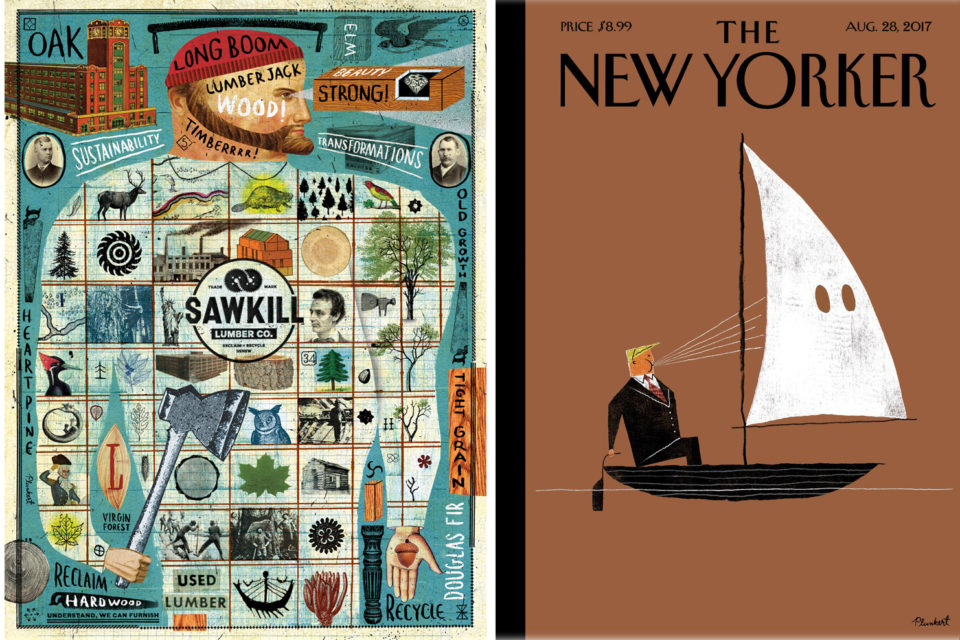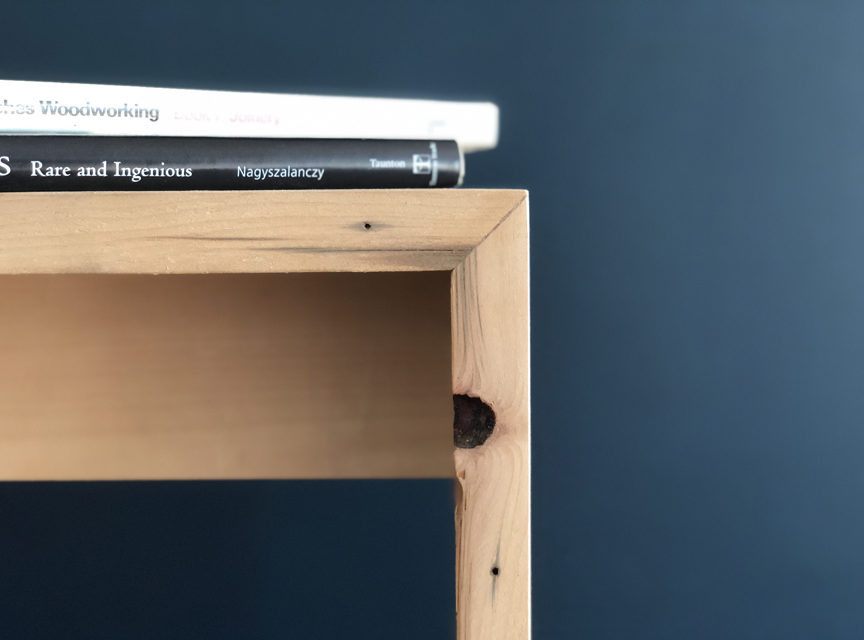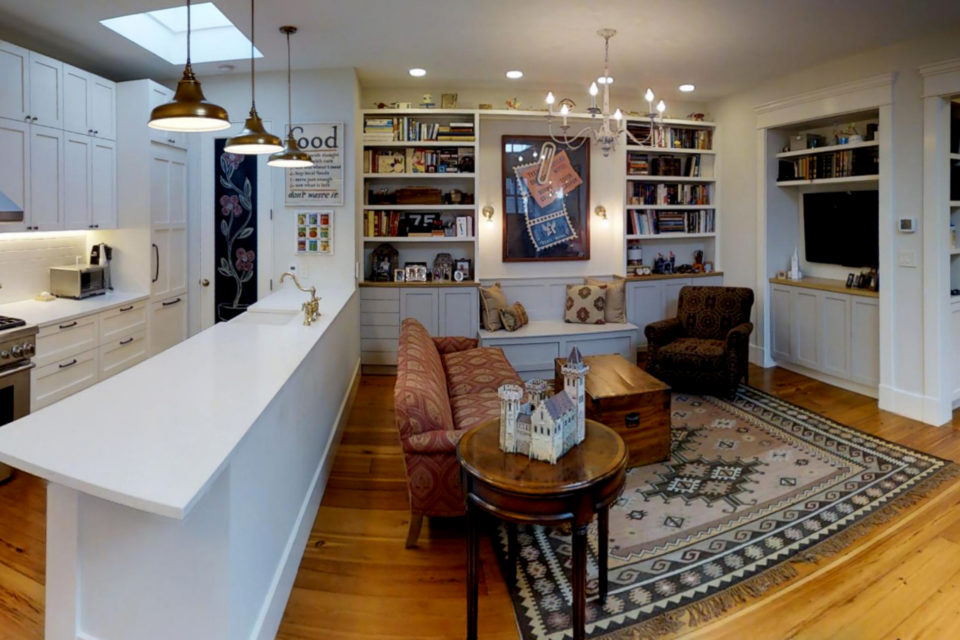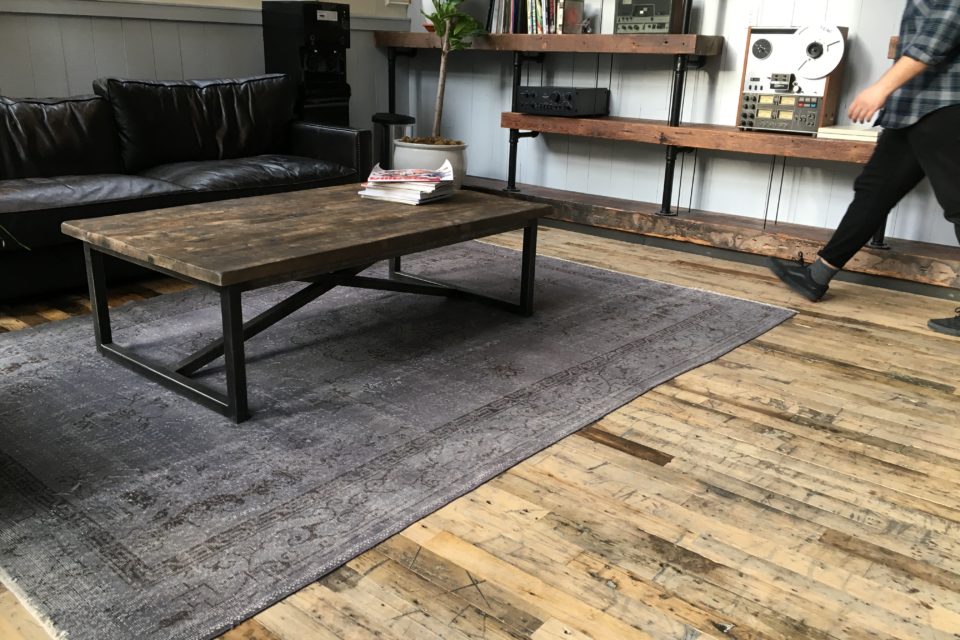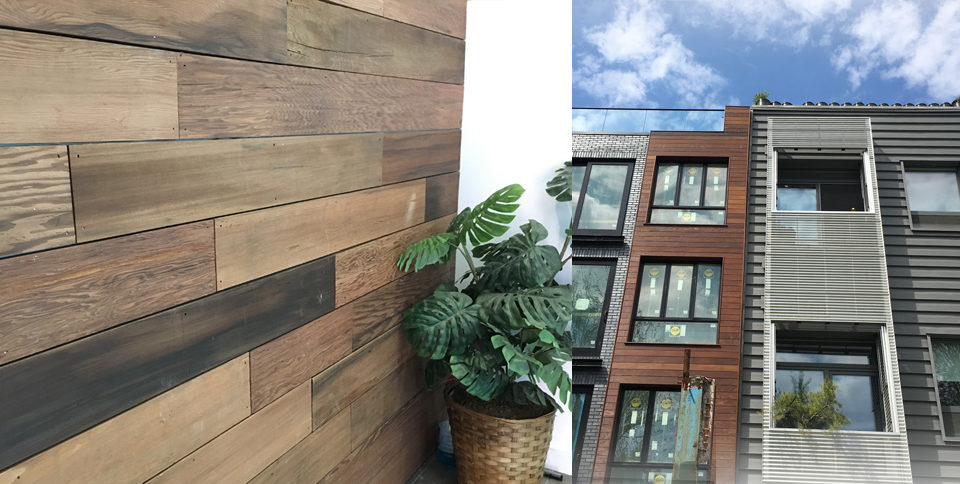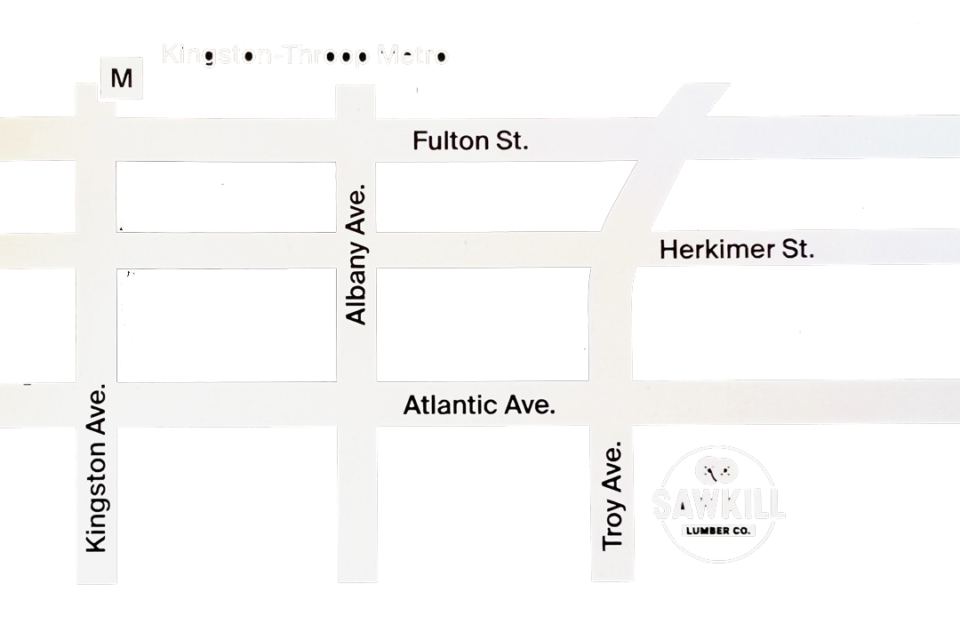Congratulations to Dave Plunkert, who produced our lumberjack illustration, and let his work set sail this week for the New Yorker with “Blowhard”.
Featured
Working with Reclaimed Wood
Course No. 001
Working with Reclaimed Wood
Participants will be guided through basic woodworking skills that make use of hand and power tools to construct side or coffee table from reclaimed wood. The class also introduces the sources of the woods – both forest origin and the historical structure – along with finishing options, safety considerations, and a review of available leg options.
Featured reclaimed woods include NYC heartwoods, Barn hardwoods, Redwood storage tank and the Coney Island Boardwalk
Tuition: $175 + material (ranging from $40 to $100)
Time: Sat./Sun 10-2 pm
Location: Sawkill Lumber – 71 Troy Ave. Bklyn Trains: A, C to Utica Ave.
Class size: 6
Sign Up
Reclaimed Wood Pine Flooring in 360 View by Spencer Lasky
Reclaimed Edison Maple plays in the Backgound of UK Music Label
This reclaimed Hard Maple flooring served an Edison Factory in NJ since the mid-1890’s. It was the early start of recorded music as the Edison Phonograph , with it’s signature megaphone attachment and hand crank operation was being released, crooning American parlors into the 20th c. This UK based record label pays tribute to the origins of their industry in the reception area at the Tribeca NYC space. The pattern of hard knock industrial wear is also a vibrant welcoming look, hitting the perfect design note. Maple is second only to Hickory in hardness among American woods.
Reclaimed Redwood paneling at Passive House Brooklyn
The reclaimed Redwood paneling within the entryway to 951 Pacific St. in Brooklyn welcomes visitors to the city’s first condo built to Passive House energy standards. The accent wall provides rich natural wood tones in a small but prominent entry vestibule, reflecting the quality and sustainability of the development project. R-951 is a project by Paul A. Castrucci Architects.
Shou Sughi Ban, Worcestershire Sauce and Climate Change
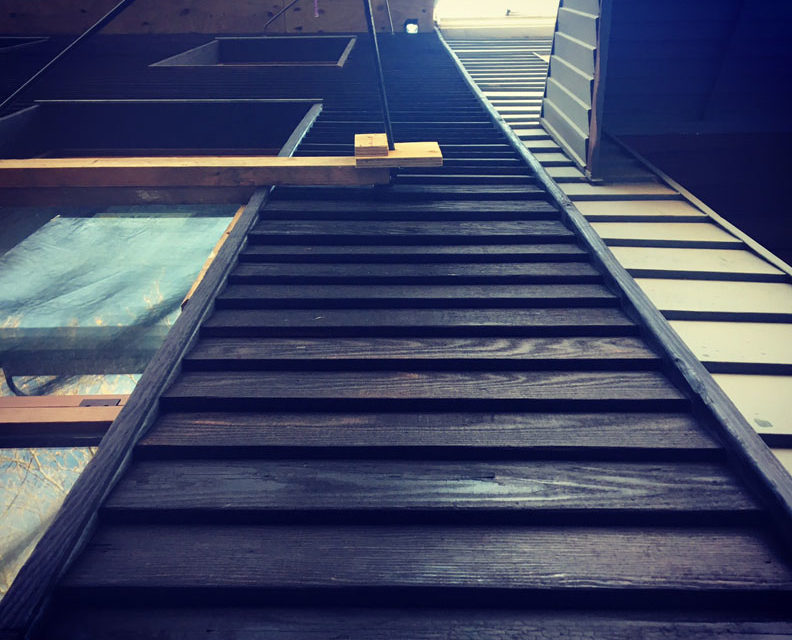 Shou Sughi Ban on reclaimed Douglas Fir at 158 Clifton, a Passive House project. The old growth woods were recovered from Worcestershire Sauce tanks in NJ, and milled into 5” & 7” clapboard. Oslo exterior finish of natural oils was applied as a top coat. The ebonized facade is characteristic of the Japanese fire treatment technique that dates to the 1700’s and serves as a modern application, furthering the exterior performance of a sustainable material, and producing a subtle and dramatic silhouette of the underlying virgin Douglas Fir figure. The darkened boards amplify a sublime quality of the Egyptian revival inspired dormers, bound to the Mansard slate roof and seeming to take flight. Less expected – an oiled and darkened reflection of climate change denial now taking root in the Capital.
Shou Sughi Ban on reclaimed Douglas Fir at 158 Clifton, a Passive House project. The old growth woods were recovered from Worcestershire Sauce tanks in NJ, and milled into 5” & 7” clapboard. Oslo exterior finish of natural oils was applied as a top coat. The ebonized facade is characteristic of the Japanese fire treatment technique that dates to the 1700’s and serves as a modern application, furthering the exterior performance of a sustainable material, and producing a subtle and dramatic silhouette of the underlying virgin Douglas Fir figure. The darkened boards amplify a sublime quality of the Egyptian revival inspired dormers, bound to the Mansard slate roof and seeming to take flight. Less expected – an oiled and darkened reflection of climate change denial now taking root in the Capital.